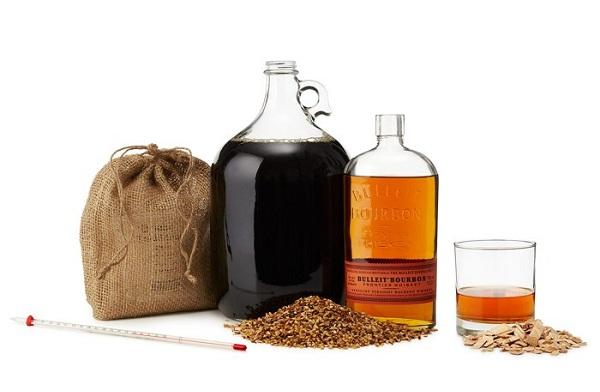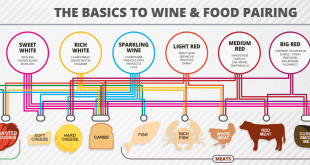
There are laws prohibiting under-age drinking and permitting home brewing in America. Each household is however, limited to a total of 200 gallons a year with a limit of 100 gallons per person. If you want more than that, you will have to visit your neighbour or invade the local pub.
Simplicity of making Beer
Making beer is a simple process and one just boils, stirs filters and waits. How long? A couple of months, and one does not want to wait that long. So, one makes beer in batches and stores them in a cool place to ferment. There will always be one batch ready to go, at any time!
How would you like your tea? With sugar, a little milk and no cream of course. Brewing beer is similar to this in many respects. You can also do it with an instant mix also if you want. Just put the mix in the beer machine and it will deliver the beer. If you want to make some with your own hands, here is the method.
Brewing your own Beer
Equipment to help you Begin
A large pot – 2 gallons
Straining Mesh or Cloth –1
Pot Stirrer –1
You guessed it; we are going to boil the malt. Then we strain it and cool it. Then we allow it to ferment. Then we drink beer.
Soaking pot –1
Chillers –all round
Fermenting Vessel –2
Strainer –big enough
Concentrated Malt extract
Yeast and hops
Capping Machine
Hydrometer
Creating the malt is the initial step. Here we choose some grain, mostly barley, and let it germinate. This takes place in the soaking pot and when one has the malt one sends it to the boiling pot. Most of the beer making science is acquired talent and so change any measurements or timings given here, to one of your liking.
If you are using a home-brewing kit, you will get a malt extract container along with it. This is sweet syrupy malt ready made for use. The yeast converts the sugars in the liquid wort to alcohol. You need to bottle up the container, because gas forms during the process of fermentation. Be sure to keep the entire process clean since the wort contaminates easily.
Fermentation
Fermentation occurs after cooling the boiled wort to room temperature and below, using chillers. One adds hops for two reasons – they help preserve the beer, they give it their characteristic bitter taste. Usually one uses two different kinds of hops, one a low quality one to start the process and one a slightly higher quality one to give the flavor to the drink.
Usually for a 3 lbs. can of malt extract, one will need 1 to 1 ½ oz. of ordinary hop. Add ½ oz. of superior variety hops and 1 packet of yeast. To this add 2-2 ½ cups of corn starch or sugar. Add water and bring to boil. Set the wort aside to cool. Use chillers if you have them.
Cooling and Bottling
Use airtight containers to bottle the cooled liquid. In about one or two weeks time, bubbles will form inside the container. Siphon off the beer into bottles and add some sugar to aid in the fermentation process. Cap the bottles with a capping machine. These bottles now need to be aged. Set them aside, in some cool place for 7-8 weeks.
Remove the sediments using a straining cloth and cool the bottles in the fridge. You can get starter kits from your local store or order them online. They would cost around $85 to $170 roughly. Before you buy them, make sure that all the requisite items are included in the pack.
Checking the Beer
You can test the beer is tested using a hydrometer. This is a density-testing device. It tells how much of the liquid has become alcohol and how much is still in the starch form. Alcohol being lighter will float to the top. If you do not have a hydrometer, you can make a guess of the amount by looking at the lighter liquid floating on top.
 MCohol.com
MCohol.com





